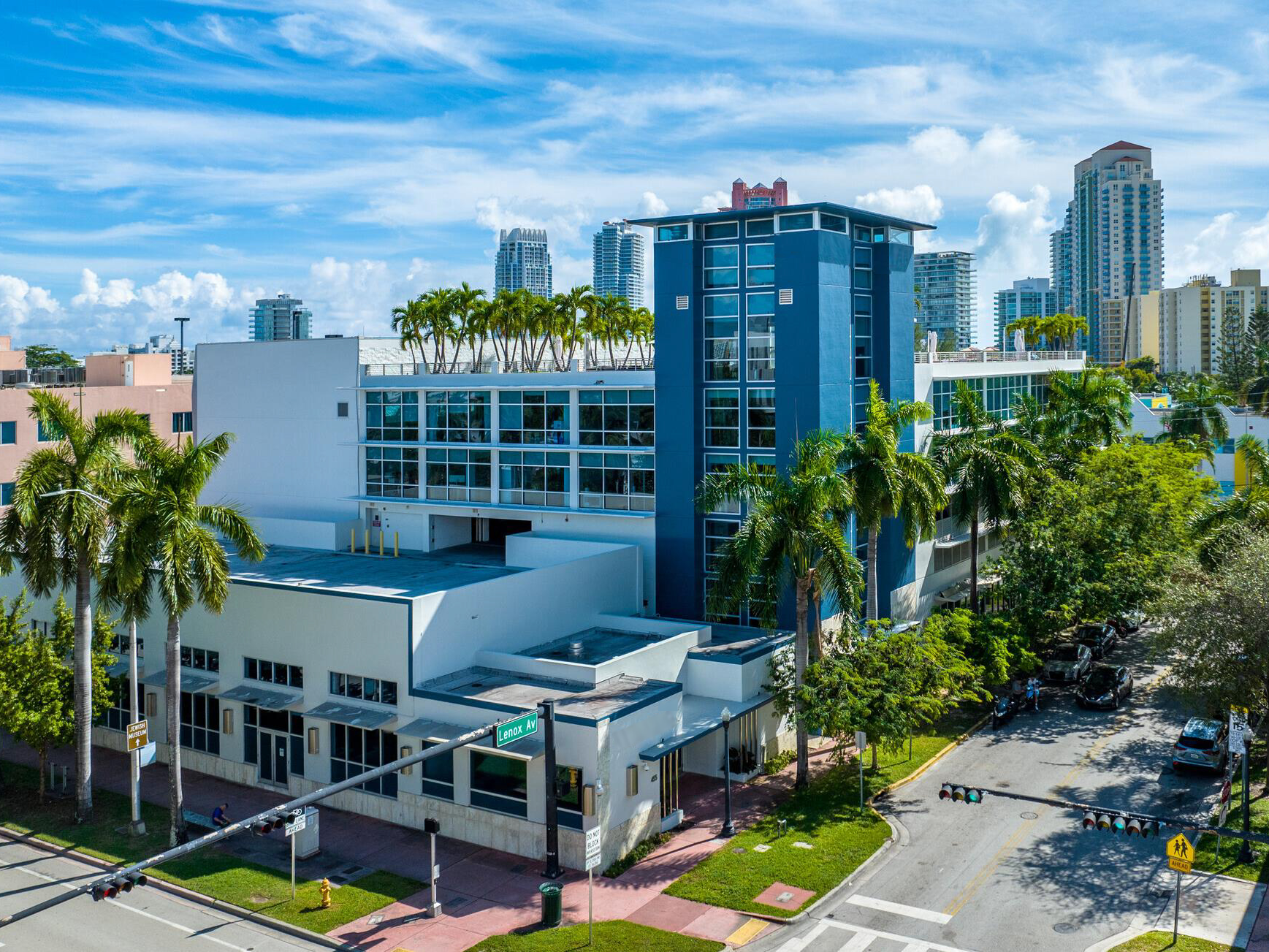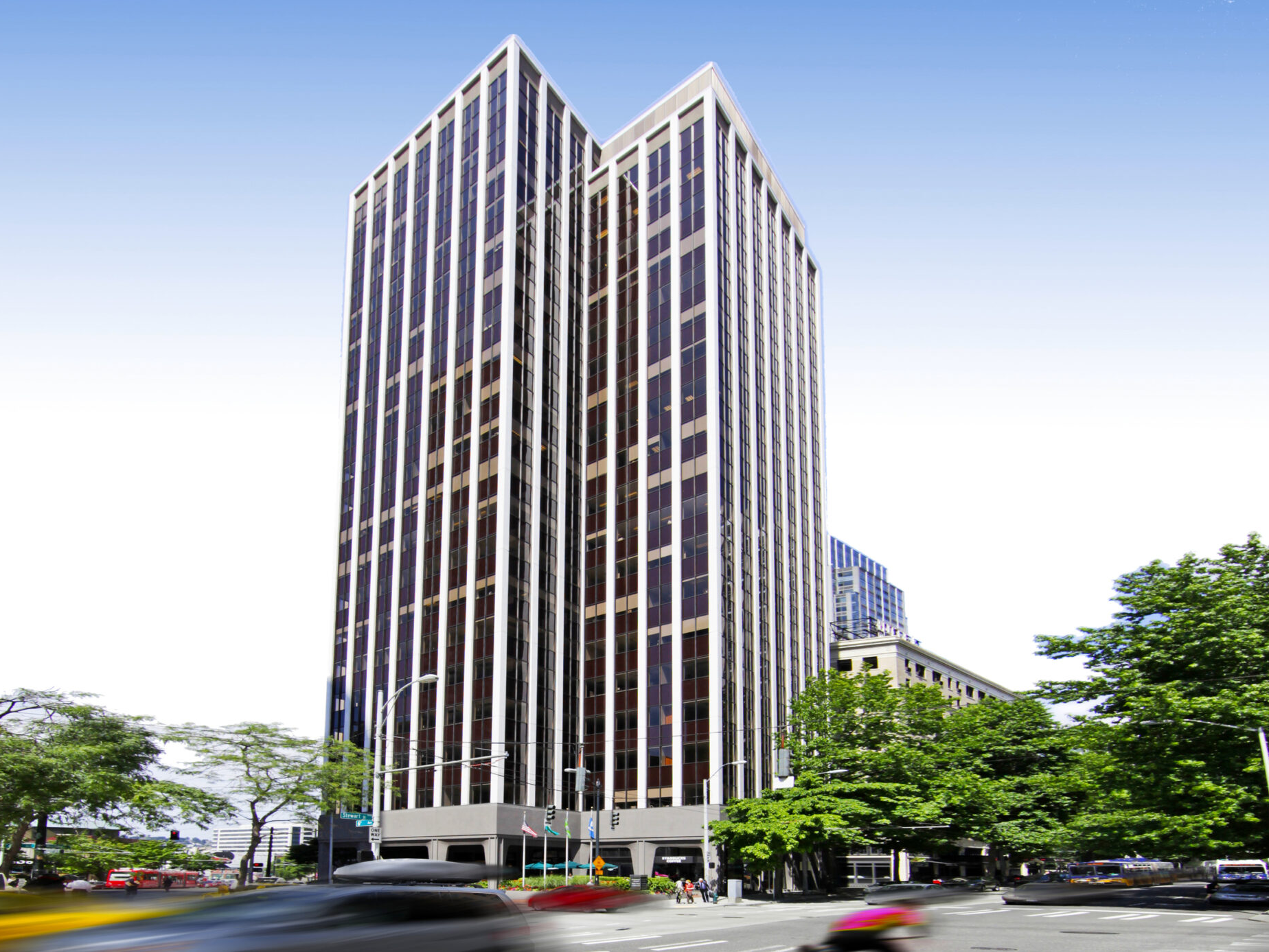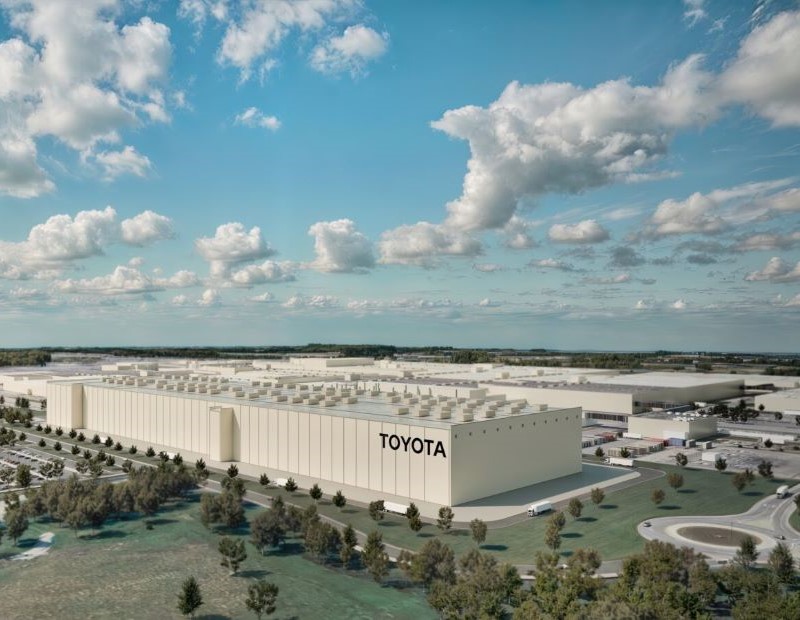Transaction Structures Benefit 1031 Investors, Developers
By Britton Burdette, Associate Director, Stan Johnson Co. The zero cash flow purchase and the forward purchase are two transaction types that are gaining popularity in the net-leased real estate market.
 By Britton Burdette, Associate Director, Stan Johnson Co.
By Britton Burdette, Associate Director, Stan Johnson Co.
The zero cash flow purchase and the forward purchase are two transaction types that are gaining popularity in the net-leased real estate market. A “zero” is especially useful as part of a 1031 exchange, as this financing structure allows a buyer to access non‐taxable cash proceeds for investments in other assets. The forward purchase, also known as a pre-commit purchase, allows less-capitalized developers to secure the exit price before construction begins and sometimes finance new projects with little or no equity outlay. For forward buyers, this purchase structure allows them to get in on a deal early, before the transaction hits the broader market.
In a zero, the net operating income on a net-leased property matches the debt service coverage dollar for dollar, and amortization matches the term of the lease. The property is owned free and clear at the end of the lease if held to that point. This is a highly leveraged finance structure, with fixed-rate, non-recourse debt at a loan-to-value of 87 percent or higher. An investment-grade credit tenant is locked into a lease of typically 20 years or more. Real estate fundamentals are typically less scrutinized, due to the structure of the transaction, the loan and the quality of the tenant.
Pricing of zeros is a function of the investment over the debt balance. Typically, between 7 to 12 percent financing is easily assumed. Unlike other commercial real estate transactions, zero cash flow deals don’t trade based upon cap rates. The buyer tends to acquire 100 percent of the corporation that holds title; this usually eliminates loan transfer fees and taxes.
One of the largest benefits of a zero to a 1031 buyer is the paydown/re-advance feature, whereby the buyer can access non-taxable cash from the exchange. For example, say a 1031 exchange investor has a $10 million trade composed of $4 million in equity and $6 million in debt and a zero property that they can buy for $10 million, putting down $1 million as equity and assuming $9 million of debt. The buyer applies $4 million in cash to the purchase, covering the equity requirement of the 1031 exchange. Of that, $3 million (excess of the $4 million of equity from the downleg over $1 million of equity required for purchase of the property) is used to pay down the debt balance. The interim debt balance is $6 million, covering the debt requirement of the buyer’s 1031 exchange. After closing, the debt is re-advanced from $6 million to the original $9 million, with loan proceeds of $3 million going to the buyer.
Thus, the 1031 investor has accomplished 100 percent of the trade while retaining $3 million in non‐taxable cash proceeds for investment in other assets. One million dollars, or 10 percent equity, remains in the zero cash flow property. The cash the buyer receives from the re-advance can be redeployed into assets with a full tax basis to create a blended portfolio including the zero cash flow property and the new investment.
Outside of the paydown/re-advance feature, many buyers look to purchase zeros to offset gains from other investments through the losses associated with depreciation and the high level of payment dedicated to interest.
These transactions do have drawbacks. The income that results from the amortization of the loan is still taxable. When that amount exceeds depreciation, usually in year 12 with a buyer that has a fully depreciable basis at closing, cash outlays will be required by the owner to cover the tax associated with the phantom income. Also, it’s an illiquid investment, as there are fewer buyers in the market for zeros than for more traditional real estate transaction structures.
With a forward purchase, the buyer contracts with a developer to buy a new single-tenant building at a multiple of the rent, the capitalization rate, when the building is completed and the long-term net-leased tenant has taken occupancy. Many times, the money for the purchase is placed in escrow pending completion of the building. Typically, exit cap rates are higher under this purchase structure than more traditional-sale structures. On average, they increase between three and five basis points per month between when the commitment is put in place and when the tenants take occupancy.
In some cases, a forward purchase can be a loan-to-own scenario, in which the buyer acts as the construction lender, so the developer earns a profit from the spread between the construction cost and the sale price at very little risk while putting in little to no money. With a standard pre-commit purchase without a loan-to-own where the developer has to find construction financing elsewhere and put his own money into the deal, a forward purchase means a secure exit and better construction financing terms. This arrangement also protects the developer from market fluctuations, ensuring a locked-in return based on estimated construction costs.
I recently brokered a transaction in which we arranged a pre-commit on an expansion of an existing property. This, in effect, allowed the expansion and purchase to take place in two segments, with payments made in two tranches, giving all parties more flexibility in terms of time, execution and financing.
Particularly in today’s uncertain markets, zeros and forward purchases give both buyer and developer increased agility.







You must be logged in to post a comment.